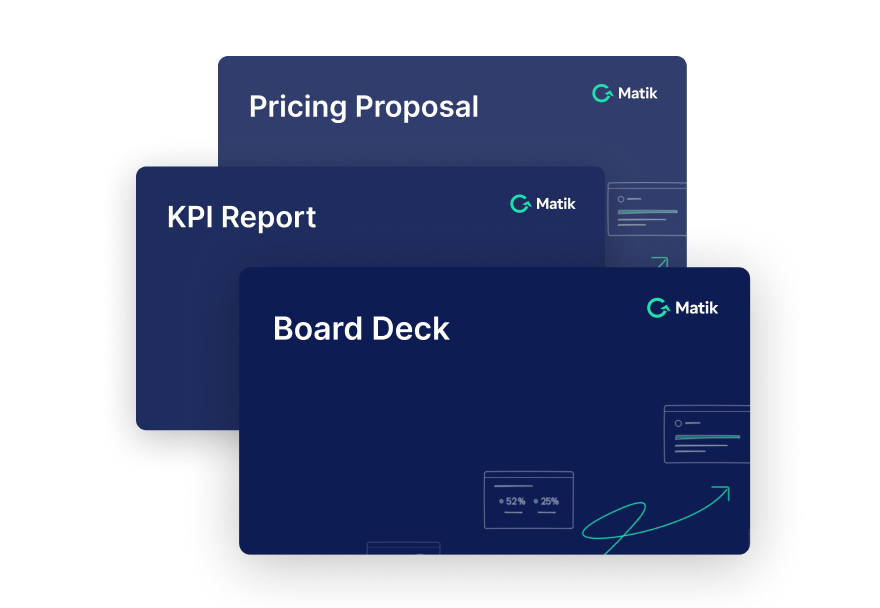Join Our Newsletter
A customer success team feeds business success, especially in growing companies — they’re responsible for keeping customers, driving revenue, and reducing churn. The customer success manager role is becoming increasingly important as companies work to cut costs on acquisition, and these individuals are also responsible for building a loyal customer base.
It’s a lot to take on, and these teams need to work efficiently to have the most impact. This means they need all the time they can get to continue learning and building relationships with customers. Ultimately, efficient customer success teams result in noticeably happier customers, and when things aren’t as streamlined as they should be, there’s often a negative impact on the company’s bottom line.
Signs of wasted time in a customer success team include churn, dissatisfied or confused customers, burnt out employees, and inconsistent feedback loops. While your CS team won’t be turned into a well-oiled machine overnight, there are small fixes you can implement immediately that will bring short- and long-term results.
Develop clear documentation
As customer success teams grow, it’s important for them to be able to easily share knowledge internally and externally. With customers, CS teams need to be able to share clear documentation for product onboarding, as well as helpful resources to intercept common questions like a knowledge base or FAQ.
By making customer-facing resources comprehensive and straightforward, CS teams can help customers find the answers they’re looking for more quickly and easily. Well-developed documentation enables customers to become more self-sufficient, which in turn saves time for busy CS teams. To do this effectively, make sure to put yourself in your customer’s shoes: which questions are they most likely to ask during the customer journey, and what would make it easier for them to manage some of these steps on their own? Whatever the answer may be, this is a great place to start when strategizing the prioritization and development of these resources as your business scales.
In addition, internal documentation also needs to be a main focus for CS teams that wish to scale their processes and save time. It’s important to have processes laid out clearly for new team members in the form of playbooks — this will help them be self-sufficient and field any questions they may have for more established employees, who are likely busy with other tasks. Each CSM should document key learnings for specific customers whenever possible, and they should be able to easily access key account details on their own.
Optimize meetings down to the minute
More efficient meetings, both with internal team members and customers, are an impactful way to save time for everyone involved. In order to do this effectively, don’t just meet for the sake of meeting — make sure there is a set agenda for every meeting so that no major question goes unanswered. Why it may sound simple, a customer success team that prioritizes their customers’ time by personalizing clear meeting agendas can go a long way when it comes to building loyalty and trust.
It’s important to revisit each customer’s goals and objectives at the beginning of every meeting to ensure everyone is still on the same page. From there, CSMs should optimize time by sharing the concrete data that means the most to each specific customer. This could be usage data, ROI data, or some other data point previously specified. Don’t make your customer read between the lines — data should be presented in a digestible way. Consider using data visualizations like charts, graphs, and tables to help customers understand key insights more quickly; that way everyone walks away from the meeting with a clear understanding of product value.
Let setbacks propel growth, not limit it
Any customer success team that works efficiently needs to be built on a growth mindset. Let’s face it — as a customer success professional, it’s inevitable that you will encounter churn, rejection, or misunderstanding at some point in your career. However, how you respond to those challenges is what will determine your overall success. With this in mind, any CS team that wishes to save time doesn’t have room to be slowed down by minor setbacks. Everyone on the team needs to have a clear path to learning from less-than-desirable experiences.
In the event of churn, low engagement, or another CS roadblock, it’s important to make sure every individual on the CS team has a way of understanding what went wrong. Whether this looks like a playbook that walks through each potential roadblock, a structured post-mortem meeting, or a data deep dive, this process will empower your team to turn negative experiences into positive lessons. Make sure your team touches base frequently to share learnings, and also communicate cross-departmentally to share feedback and ensure any necessary customer experience improvements are made.
Cut down the busywork
As we all know, customer success managers and other CS team members have a lot on their plates, especially as their companies grow. Their main priority should be to build relationships with customers, and they need to have time to deliver a personalized, white-glove experience for each one of their accounts. With that being said, most CS team members simply don’t have time to focus on tedious, mundane tasks like pulling data, writing emails, or answering repetitive questions. These menial tasks can take away hours each week that could be spent in more productive ways.
From a management perspective, it’s important to make sure prioritization is in check team-wide so that team members are focusing on the tasks that drive revenue. Don’t make your CSMs spend their valuable time digging for data or personalizing each individual customer touchpoint manually — this simply isn’t efficient. Make processes repeatable whenever possible for frequent, yet time-consuming tasks, like meeting scheduling, email communications, presentation creation, and external/internal onboarding. Your CS team and your customers will thank you.
Streamline communication
Finally, streamlined communication is key for an efficient customer success team. Lapses in communication can be huge time wasters, forcing CSMs to reinvent the wheel and move backward instead of forward.
Internally, CS teams need to communicate well cross-departmentally and with one another in order to understand and share how their product or service can be improved. By establishing streamlined feedback loops and handoffs with other key stakeholders, customer success teams can champion their customers and make sure their concerns are addressed accordingly. This will help build trust with customers, which can ultimately improve retention rates.
Externally, CS teams should streamline customer interactions by communicating with each customer in their preferred method, whether it be email, Slack, LinkedIn, phone call, or video call. This simple step ensures that no messages go left unread and helps customers feel valued. From there, it’s important to communicate product value and value-driving data as early in the customer lifecycle as possible.
___
In summary, customer success teams need to work more efficiently in order to scale processes and build trust. To do this, they should develop clear documentation, optimize meetings, learn from setbacks, reduce busy work, and streamline communication. With these adjustments, they can waste less time and prioritize what’s really important, which is building relationships with their customers.
---
See Matik in Action—Request a Demo















